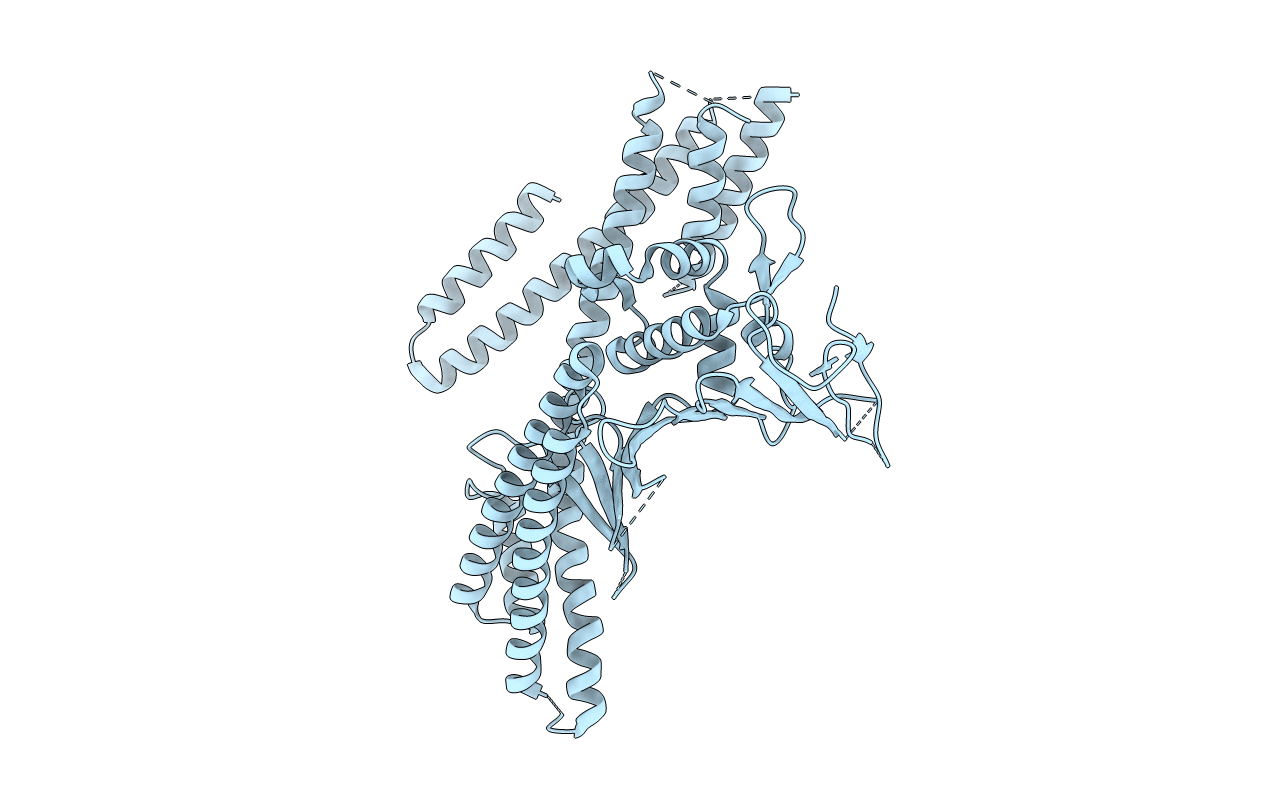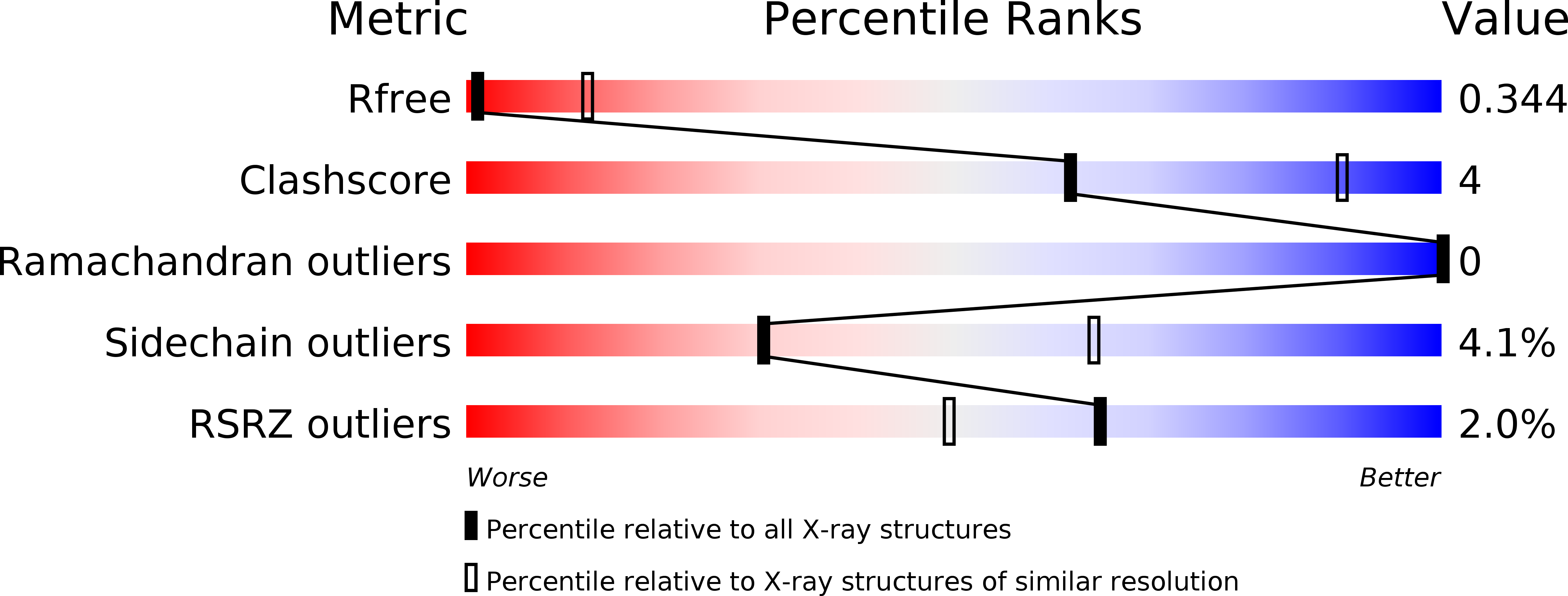
Deposition Date
2012-07-09
Release Date
2012-08-22
Last Version Date
2024-02-28
Entry Detail
PDB ID:
4G0H
Keywords:
Title:
Crystal structure of the N-terminal domain of Helicobacter pylori CagA protein
Biological Source:
Source Organism:
Helicobacter pylori (Taxon ID: 85962)
Host Organism:
Method Details:
Experimental Method:
Resolution:
3.60 Å
R-Value Free:
0.34
R-Value Work:
0.32
R-Value Observed:
0.32
Space Group:
P 41 21 2


